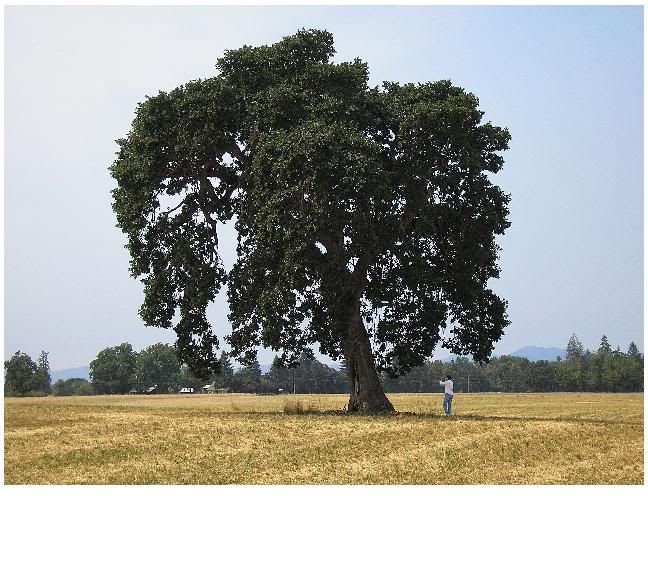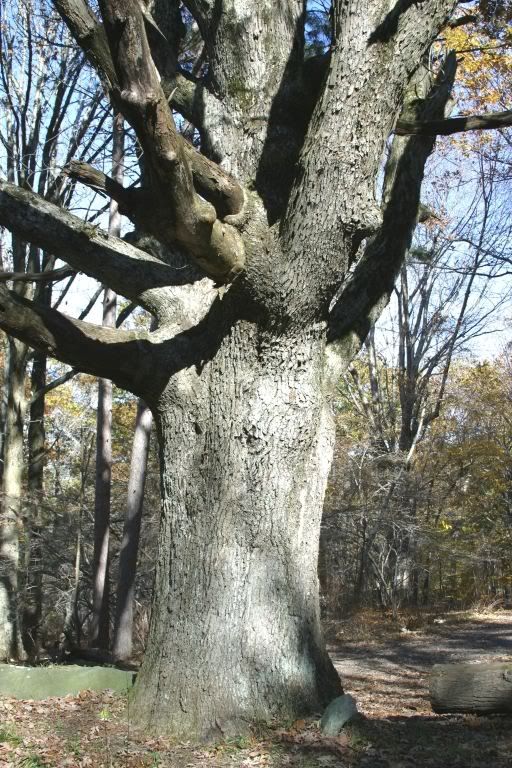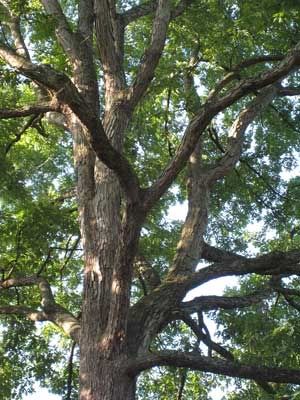In the previous article I discussed the Pin Oak Tree (Quercus palustris). Don’t get excited about the Latin insertion, as I will address plant nomenclature in an upcoming article shortly.
The pin oak and other oak species are suitable for residential and commercial landscape but the white oak (Quercus alba) not suitable for the small home landscape. This large oak is more suited on a park or on a golf course where the tree can be allowed to grow to its very large size. A mature white oak is as impressive to eastern United States residents as the large redwoods of California are to the residents of the west coast.
The white oak is native to eastern North America, ranges up to southern Quebec, to eastern Minnesota and south to northern Florida and eastern Texas.
Being long lived (some have lived to be 600 years), the oak can obtain a size of 65-85 feet, with a very large spread sometimes equal to the spread. Unpruned, the white oak can easily maintain lower branches, which take on an impressive size, as do the higher limbs of the tree.
The tree’s size and intolerance to soil compaction of urban development makes the tree most unsuitable for landscape. However, the white oak continues to be an important tree for lumber.
Due to its compact cellular structure, white oak wood is very impervious to water. Because of this imperviousness to water, the oak is used to make wine and whiskey barrels, and used in home construction and shipbuilding.
Historically, the ship the USS Constitution was constructed from white oak and the white oak has been adopted as the state tree of Illinois, Connecticut, and Maryland.





No comments:
Post a Comment